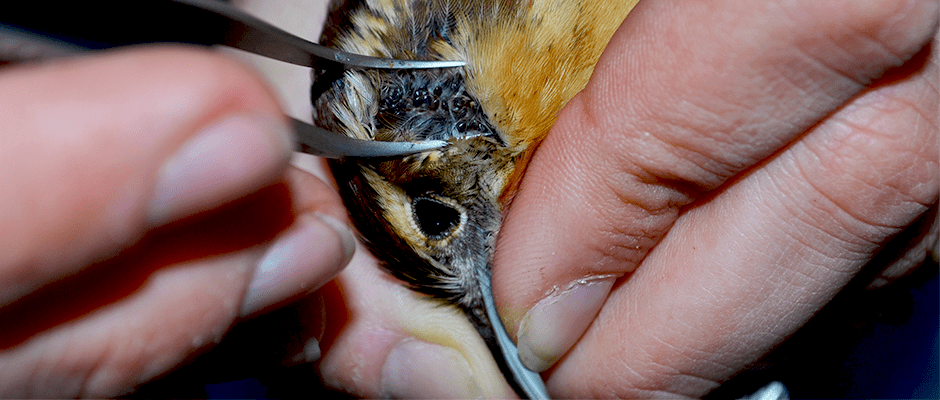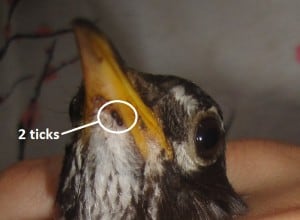Share this article
Lyme-Carrying Ticks Could Be Hitching Rides on Birds
New information about the kinds of ticks that feast on birds could mean an expanded range for Lyme disease.
“We were interested in seeing whether these birds, and particularly migratory birds, were capable of transmitting pathogens over large distances,” said Erin Heller, the lead author of a recent study published in the Journal of Medical Entomology.
Heller, who worked on the study while completing her master’s degree at Old Dominion University in Norfolk, Va., caught and banded birds north of Virginia Beach between 2012 and 2014. She and other researchers removed ticks from the birds and sent the ticks to a lab for genetic analysis.
They found that while most of the ticks — around 80 percent — that the birds carried were rabbit ticks (Haemaphysalis leporispalustris), a smaller percentage were from another species (Ixodes affinis), which could carry the pathogen that causes Lyme disease. These ticks have been found on some species but previous research had never found the ticks on American robins (Turdus migratorius), northern cardinals (Cardinalis cardinalis) and others.
Heller said that while these ticks don’t have a taste for human blood, they can infect other birds or wildlife species with Lyme disease. Lyme disease doesn’t necessarily affect birds, but once these animals are infected, blacklegged ticks (Ixodes scapularis) or other species could carry the disease to humans.
“If they’re parasitizing more organisms in general, the theory is that they could pass these pathogens to formerly clean ticks,” Heller said.
The Ixodes affinis tick can also feed for up to two weeks on a single host, which means that if that host is a migratory bird, it can travel pretty far. “[Birds] can bring new tick species with new pathogens to new areas very quickly,” she said. “[A migratory bird] can travel really far in two weeks before the tick can feed to completion and drop off.”
Heller said she is still looking into the data they gathered for another paper yet to be published. But preliminary findings show that ground nesting or ground foraging birds are more likely to gather more ticks than other birds, since they share habitat with the small arachnids.
But the news isn’t all bad. She’s found that birds are less likely to be parasitized by a tick in urban areas, which means humans have less chance of picking up those same ticks.
Header Image: Researchers found 57 ticks on this Carolina wren. Image Credit: Erin L. Heller










